
The tourist access to Gangotri National Park in Uttarkashi district of Uttarakhand is now officially available. The vast 2,390 square kilometer space of the park is popular because it shelters the rare snow leopard in its natural environment. The forest contains multiple species of rare animals among which stand the black and brown bear and the musk deer alongside the blue sheep (Bharal) and the Himalayan Monal. Repair initiatives have begun on the Gangotri-Gomukh trek because of glacier-related landslides yet management groups hope to establish travel access soon. Two fresh trekking routes are now open while permits become available during the May to October period.
Key Points:
Introduction:
-
Two fresh trekking routes are now open while permits become available during the May to October period.
-
The tourist access to Gangotri National Park in Uttarkashi district of Uttarakhand is now officially available.
Location and Establishment:
-
Established in 1989.
-
The area lies above Bhagirathi River's catchment in Uttarkashi of Uttarakhand.
-
Gaumukh represents the birthplace of Ganga River within the boundaries of this conservation area.
-
Forms a continuous ecological corridor between Govind National Park and Kedarnath Wildlife Sanctuary.
Flora:
-
Thick coniferous forests extend across this area where temperatures follow the variables of temperate ecosystems.
-
Major vegetation within this area consists of chir pine, deodar, fir, spruce, oak, and rhododendron.
Fauna:
-
The location shelters several rare and endangered species.
-
The park supports diverse fauna consisting of snow leopard together with bharal (blue sheep), Himalayan tahr, musk deer, black bear, brown bear, Himalayan Monal, and Himalayan snowcock.
Tourism and Trekking Routes:
-
This region offers its doors open to guests between May and October.
-
The Gangotri-Gomukh trek faces repair issues because of natural incidents.
-
New trekking routes have become available to all trekkers.
Conclusion
Gangotri National Park stands as an important ecological area that draws numerous visitors from Uttarakhand. The national park stands out as a sought-after destination for both wildlife admirers and hikers since it houses the snow leopard along with many different species. The park will provide unique trekking experiences to visitors thanks to established new trails alongside conservation work that will protect its natural environment.



 World Earth Day 2025: Date, History, Theme, and Significance
World Earth Day 2025: Date, History, Theme, and Significance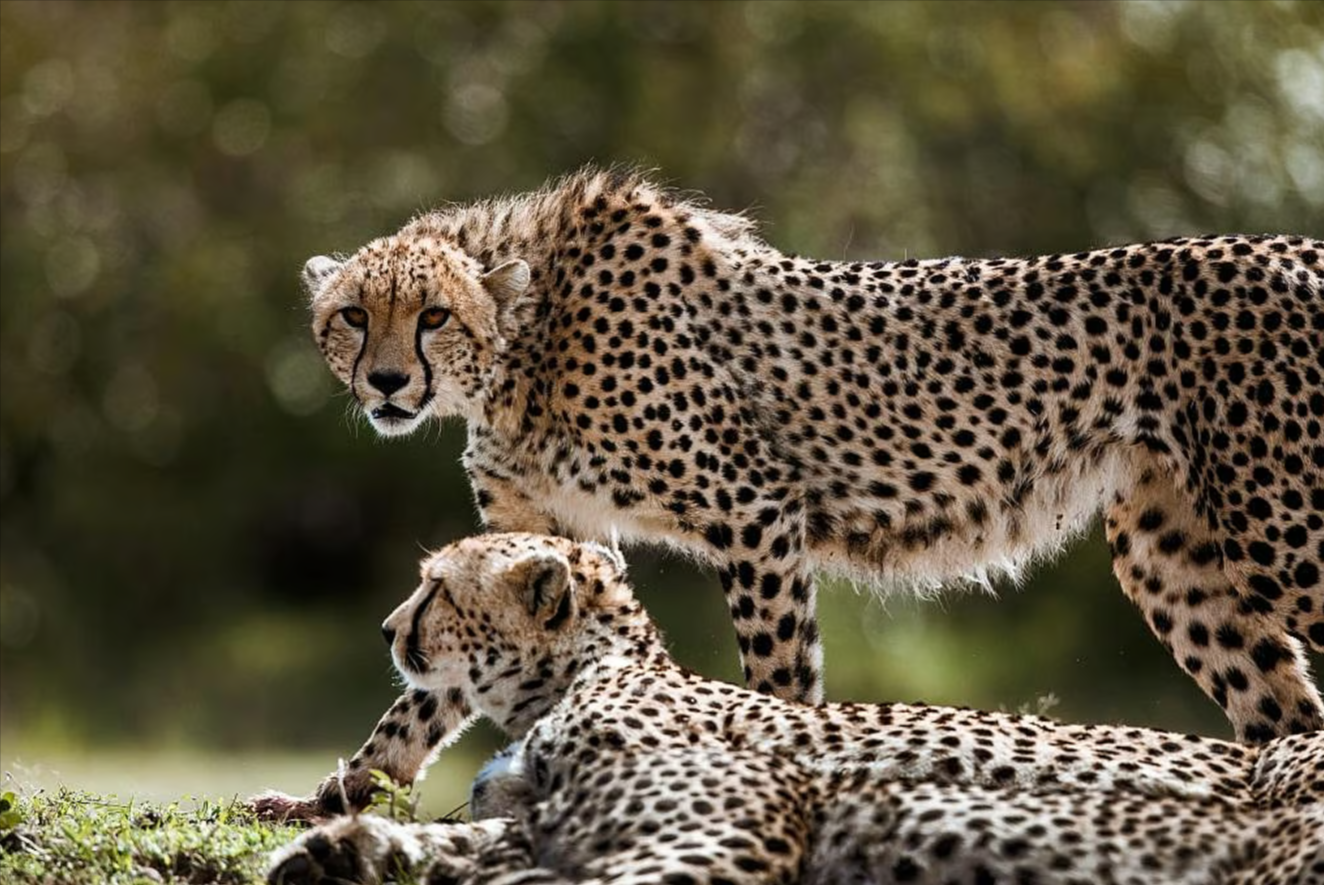 Two Cheetahs released into Gandhi Sagar National Park
Two Cheetahs released into Gandhi Sagar National Park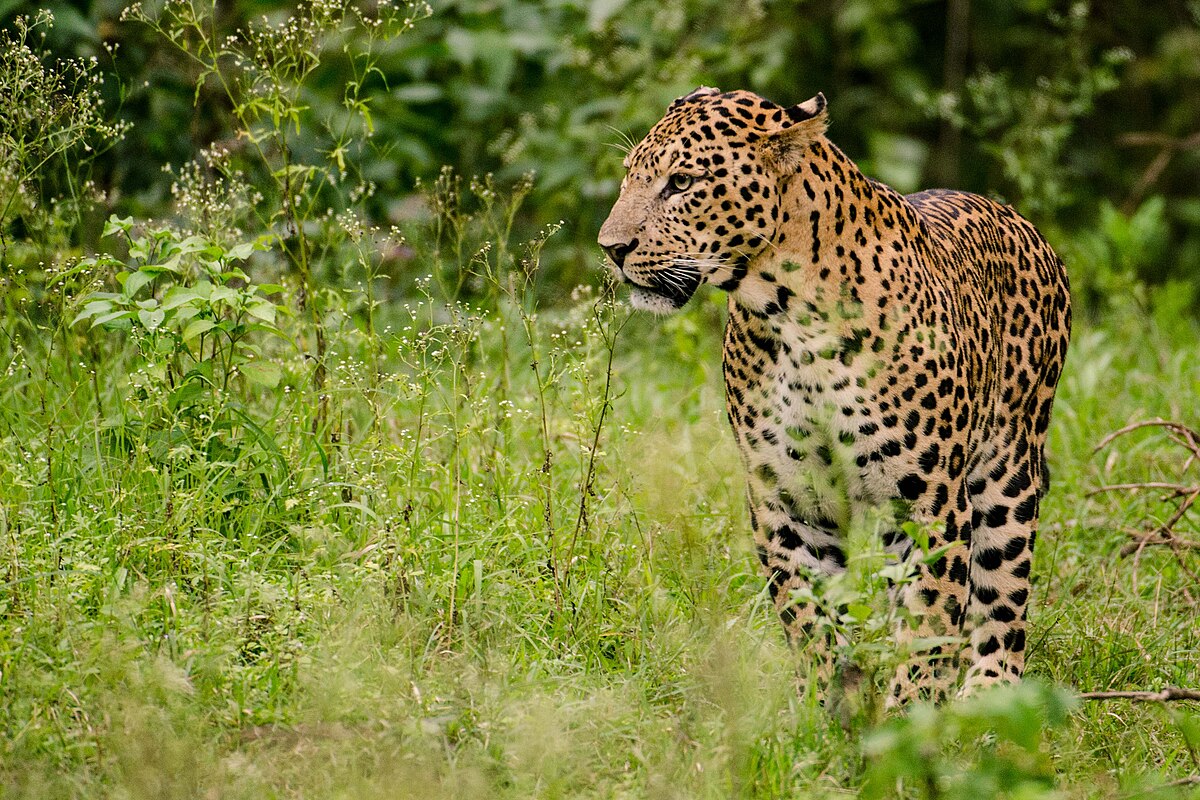 Leopard Spotted in Asola Bhati Wildlife Sanctuary
Leopard Spotted in Asola Bhati Wildlife Sanctuary Cap-and-Trade Model in Surat Cuts Pollution by 30%, Lowers Regulatory Costs
Cap-and-Trade Model in Surat Cuts Pollution by 30%, Lowers Regulatory Costs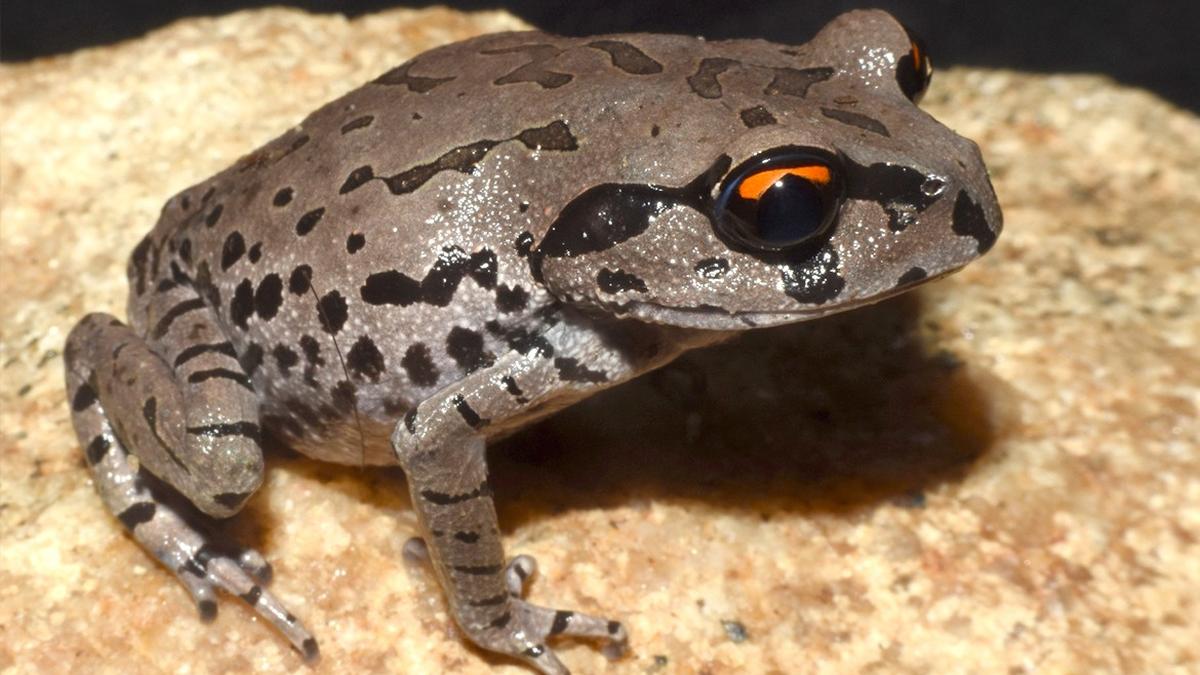 New Frog Species Leptobrachium aryatium Discovered in Assam After 21-Year Study
New Frog Species Leptobrachium aryatium Discovered in Assam After 21-Year Study India's First High-Altitude Climate Change Research Centre in J&K
India's First High-Altitude Climate Change Research Centre in J&K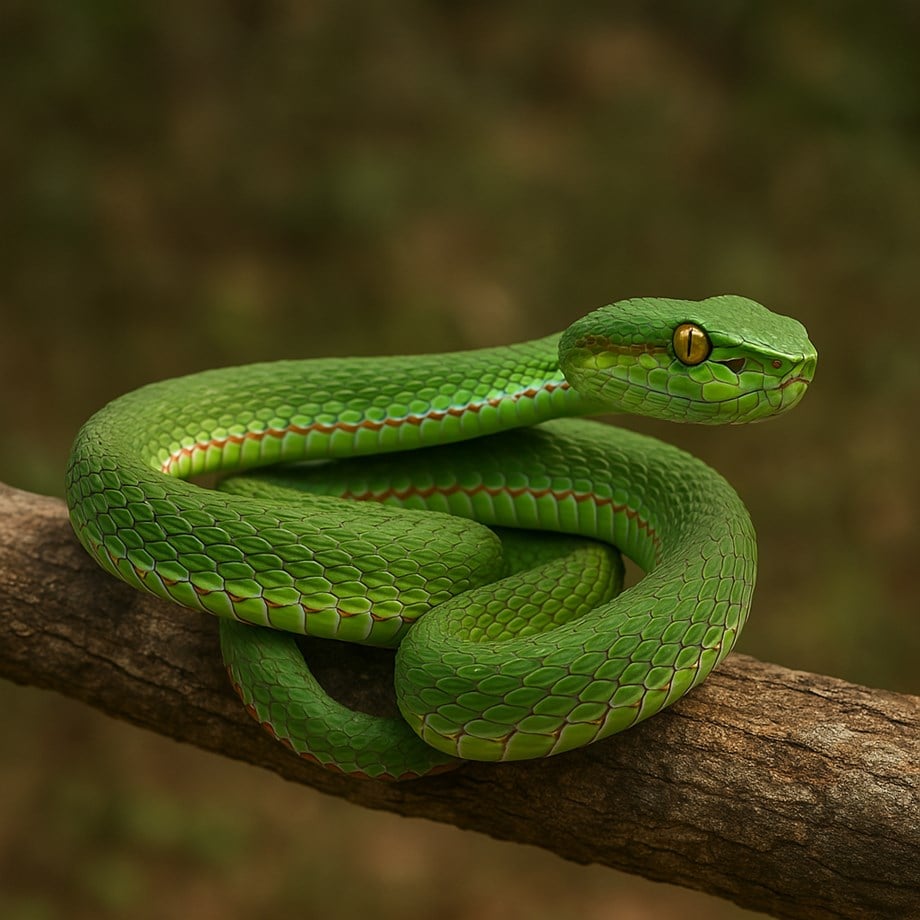 Unravelling the Mysteries of Pope’s Pit Viper Venom: A Deadly Snake of Northeast India
Unravelling the Mysteries of Pope’s Pit Viper Venom: A Deadly Snake of Northeast India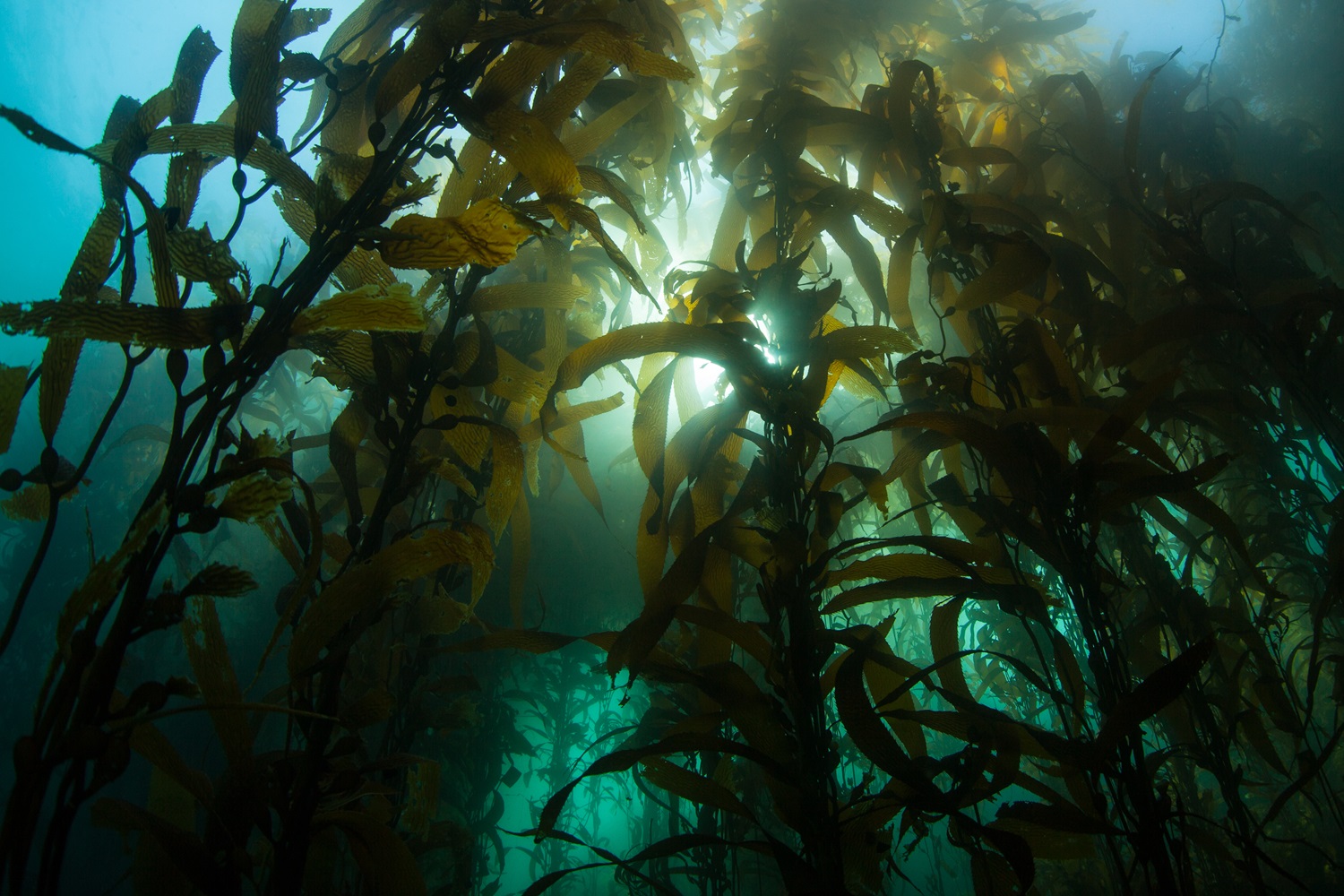 Seaweed: A Nutritional Powerhouse from the Ocean
Seaweed: A Nutritional Powerhouse from the Ocean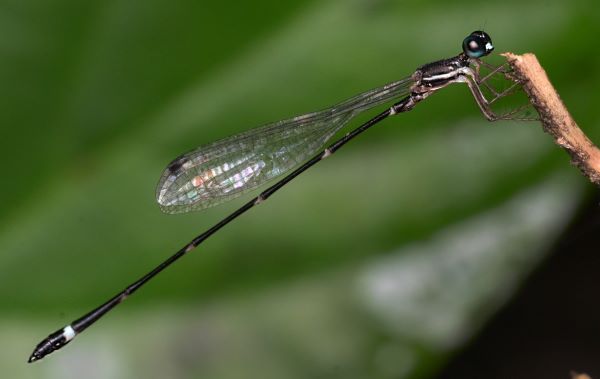 Discovery of New Damselfly Species in Kerala
Discovery of New Damselfly Species in Kerala






